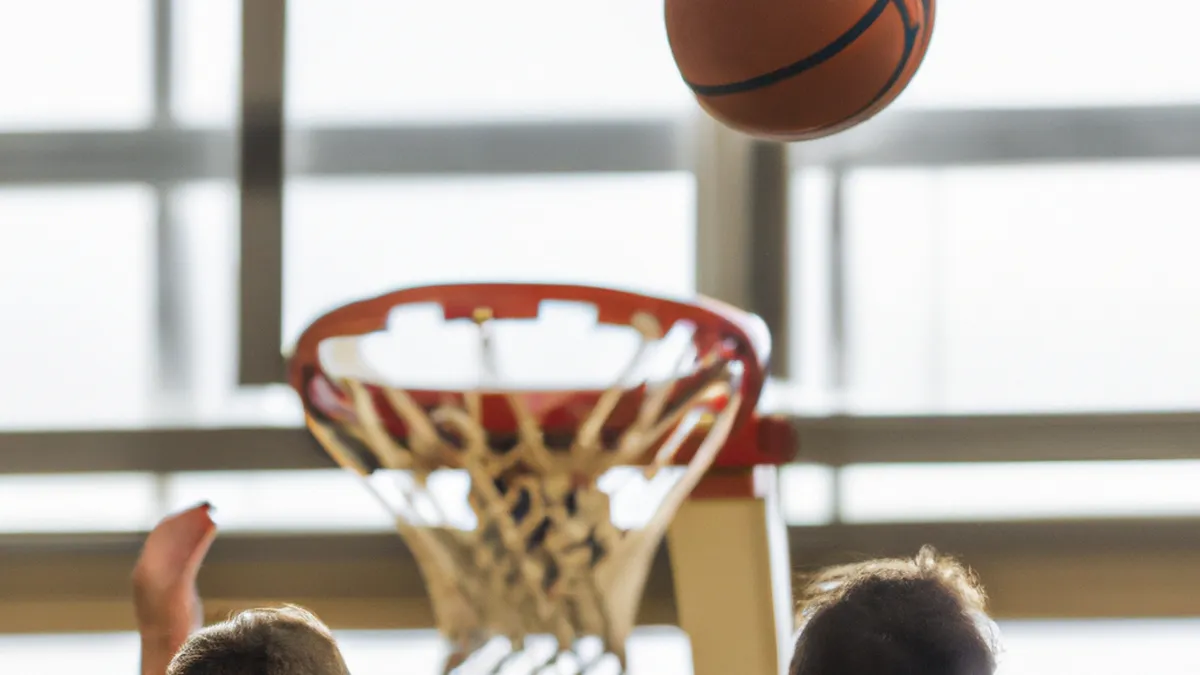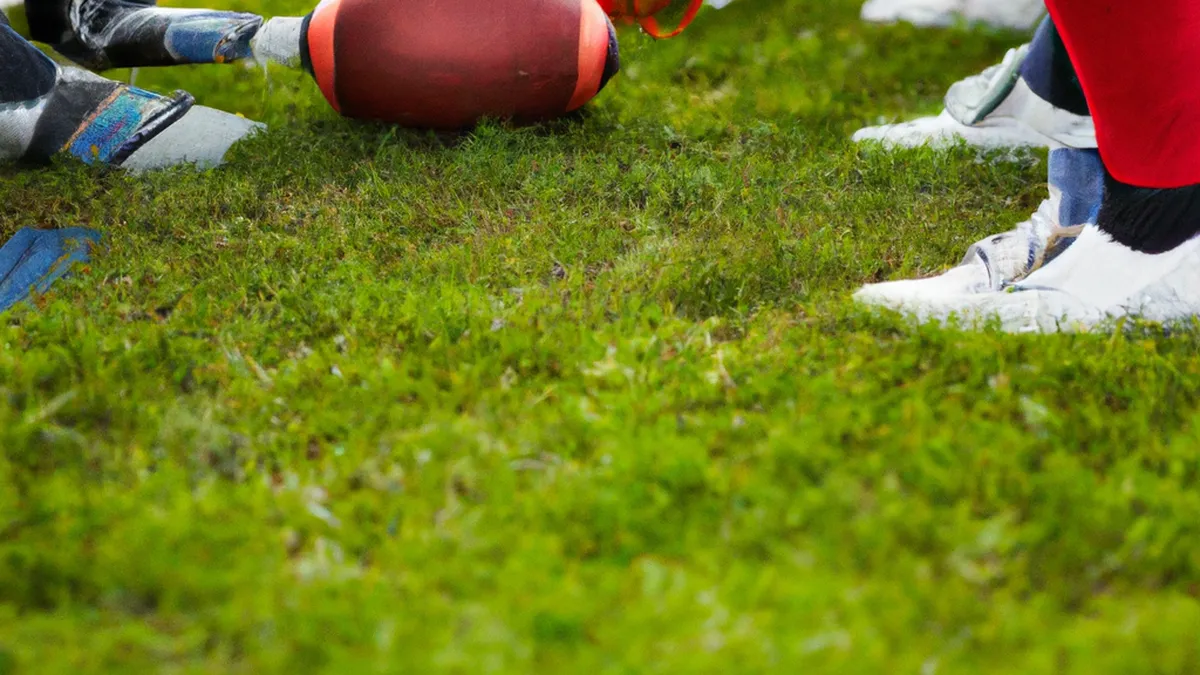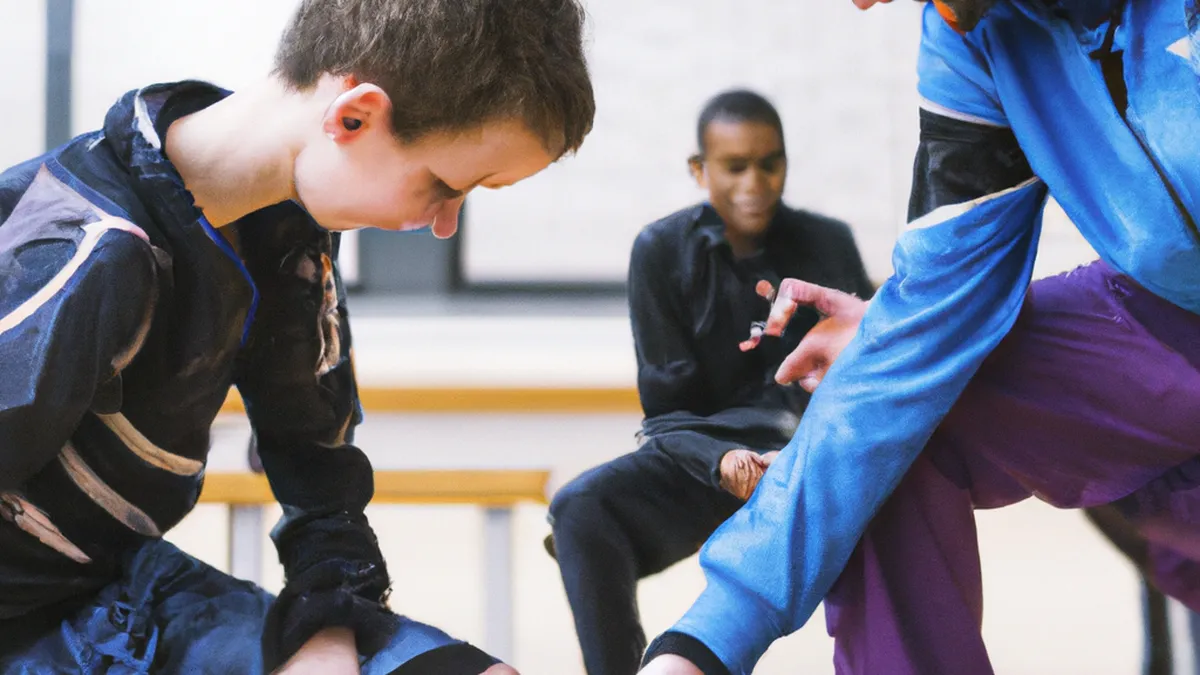Shaping Success with Strategic Spacing
The Importance of Spacing: Maximizing Offensive Efficiency
As an Amazon Associate I earn from qualifying purchases.
Gear tip: consider agility cones, speed ladder and training hurdles to support this workout.
In any sport, offensive efficiency drives success. Spacing plays a crucial role on the basketball court and soccer field. Proper spacing creates opportunities, enhances teamwork, and generates scoring chances. This blog post explores spacing’s importance, how it maximizes efficiency, and practical strategies for effective implementation.
Understanding Spacing
Spacing refers to the distance between players on the field or court. It influences a team’s ability to execute plays. When players position themselves correctly, they create room to maneuver. This allows for effective passes, open shots, and drives toward the goal. Proper spacing prevents crowding, reducing turnovers and wasted opportunities.
Moreover, spacing affects defensive strategies. When your team spreads out, it forces defenders to cover more ground. This strategy can create mismatches and open gaps your team can exploit. Understanding spacing enhances individual performance and boosts the team’s overall effectiveness.
Key Principles of Spacing
1. **Maintain Distance**: Players must avoid clustering together. Proper distance improves passing angles and shooting opportunities. Each player should understand their role and positioning relative to teammates and opponents.
2. **Create Triangles**: Position players in a triangular formation to facilitate quick ball movement. This formation provides multiple passing options, complicating defenders’ predictions. Triangles enable quick passing while maintaining good spacing, leading to open shots and driving lanes.
3. **Use the Corners**: Utilize the corners of the playing area to stretch the defense. In basketball, position a shooter in the corner to pull defenders away from the basket. In soccer, use width to create space in the middle. This tactic opens the center for drives or quick passes.
4. **Read the Defense**: Players must observe their surroundings and defenders’ positioning. By monitoring the defense, they can adjust spacing to exploit weaknesses. This adaptability maintains offensive flow and uncovers scoring opportunities.
Tips for Effective Spacing
To maximize offensive efficiency, players should practice effective spacing techniques. Here are practical tips for training sessions:
– **Communicate**: Encourage players to talk to one another. Clear communication maintains spacing and aligns everyone regarding positioning and movement. Players should call out screens, cuts, or adjustments to optimize spacing.
– **Practice Movement**: Incorporate drills focusing on movement without the ball. This practice helps players position themselves effectively during games. Drills emphasizing cutting, screening, and relocating enhance players’ understanding of maintaining space.
– **Utilize Screens**: Setting screens helps create opportunities.
Conclusion
Spacing significantly impacts offensive efficiency in sports. Implementing effective spacing strategies can lead to better performance and more scoring opportunities.
Below are related products based on this post:
FAQ
Why is spacing important in basketball and soccer?
Spacing is crucial in both basketball and soccer as it enhances offensive efficiency. Proper spacing allows players to execute plays effectively, creating room for maneuvering, open shots, and successful passes. It also forces defenders to cover more ground, leading to mismatches and scoring opportunities.
What are some key principles of effective spacing?
Key principles of effective spacing include maintaining distance to improve passing angles, creating triangular formations for quick ball movement, utilizing the corners of the playing area to stretch defenses, and reading the defense to adjust positioning accordingly. These strategies help maximize offensive efficiency and scoring chances.
How can teams practice effective spacing techniques?
Teams can practice effective spacing techniques by encouraging communication among players, incorporating movement drills without the ball, and utilizing screens to create opportunities. These practices help players understand their positioning and enhance overall performance during games.















Post Comment